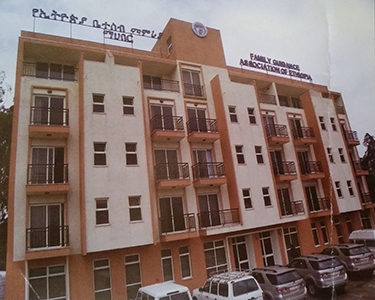WISH2ACTION
Women’s Integrated Sexual Health (Lot) 2 Access, Choice, Togetherness, Innovation and Ownership Now(WISH2ACTION) .The Women Integrated Sexual Health is funded by UK government under Flagship program – DFID’s FP2020 commitment. The project in Ethiopia has been implemented by five consortium partners (MSIE, IRC, DMI & Hi) in which FGAE is a lead partner.
Project Period
September 2018 – August 2021
Key targets
- CYP ;- Calculated by measuring number of items provided. (Some items yield more CYP than others)
Additional users: – Calculated via items provided and client profile - Targeting the poorest; – Calculated via client exit interviews.
15% of FP services <20 years is rewarding otherwise expected >5%: -Calculated via service logs and records (may require a change in process) - Sustainability; has two indicators both public and private strengthening element.
Operational Sites
FGAE has initiated service delivery and running the project in selected operation sites at Addis Ababa city administration, SNNPR, Sidama and Oromia regional states. The Project is being implemented at 19 FGAE owned, 398 public & 127 private health facilities.
Implementation Modality
WISH is set to provide services configured by a cluster plus model engaging various health facilities of the public and private sectors as well as own facilities. A typical Cluster Model contains FGAE, public and private health facilities within a Woreda works as a coordinated partner to offer standardized, integrated, SRH services to communities in their area. The partners work as a coordinated unit to identify communities’ needs and meet those needs through quality, accessible services. The interweaving of these elements creates a virtuous cycle wherein citizens empowered by information demand both quality services and greater public and private sector accountability, which in turn improves services and the public-sector response, thereby driving greater demand.
Project Aim
The project is presumed to improve quality, integration, and inclusiveness of FP/SRH services provided in the clusters through: routine quality of care (QoC) assessments; targeted institutional strengthening; and provider capacity-building to expand FP method mix and other SRH services with “no one left behind”. The project provides due attention to ensure access of services for youth, people with disability, and men. In this way, the model leverages the existing facilities, staff, and expertise of all stakeholders to create a cost-efficient approach for enhancing the delivery of FP/SRH services while simultaneously building the capacity of local institutions to eventually bring about sustainability of the program.

